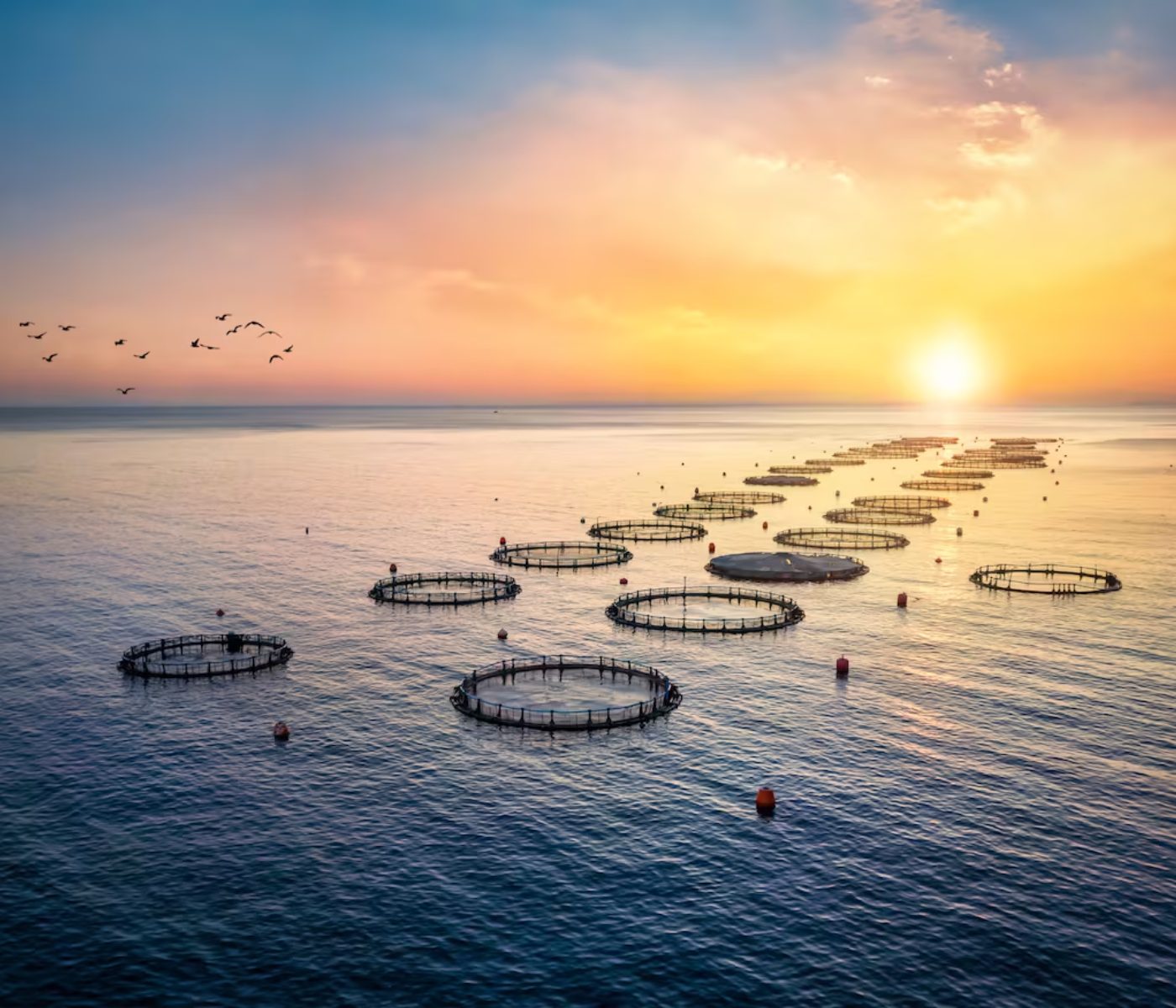 30 Jul 2025
30 Jul 2025
As the global appetite for seafood continues to rise, the aquafeed industry is experiencing a major transformation. The sector is projected to see sustained growth through 2031, fueled by technological innovation, increasing aquaculture production, and shifting consumer preferences.
An industry analysis forecasts that the global aquafeed market will reach over USD 76 billion by 2029, driven by a compound annual growth rate (CAGR) of approximately 7.5%. This growth underscores aquafeed’s pivotal role in supporting the expanding aquaculture sector, which now supplies more than half of the world’s seafood.
Key Growth Drivers
As wild fisheries face sustainability challenges, aquaculture is stepping in to meet global demand. This surge in farmed fish and seafood production is driving demand for nutritionally balanced, efficient, and species-specific feed formulations.
Consumers worldwide are seeking healthier and protein-rich food options. Fish fits the bill, and this growing preference is pushing aquaculture—and the aquafeed market—forward.
Policy support in regions such as Asia-Pacific and Europe, combined with increased R&D investments, are accelerating innovation in feed ingredients, additives, and processing technologies. The development of functional feeds that boost immunity and improve feed conversion efficiency is one of the market’s defining trends.
Challenges on the Horizon
Despite robust growth, the market isn’t without obstacles:
Market Breakdown and Segmentation
The aquafeed market is segmented by:
Regional Insights
Asia-Pacific Leads the Charge
With countries like China, India, Vietnam, and Indonesia heavily investing in aquaculture, the Asia-Pacific region dominates the global market. This trend is expected to continue due to the region’s favorable climate, abundant coastline, and large consumer base.
North America and Europe Show Steady Growth
Technological innovation, strong regulatory frameworks, and increased consumption of sustainable seafood are driving demand in these regions. The U.S. and Norway, in particular, play vital roles in both production and research.
Competitive Landscape
The aquafeed market is both dynamic and competitive, with a mix of multinational corporations and regional players. Leading companies include:
These companies are investing heavily in product innovation, sustainable sourcing, and strategic partnerships to strengthen their market presence.
Looking Ahead: What to Expect by 2031
With demand for sustainable seafood on the rise, aquafeed will remain a critical input in the global food chain. Future developments will likely focus on:
Investors, producers, and policymakers should keep a close eye on emerging markets, regulatory changes, and advancements in ingredient technology to stay ahead in this rapidly evolving sector.
Conclusions
The aquafeed market is at a pivotal point, balancing innovation with sustainability and scaling to meet rising global seafood demand. With robust growth projections and a steady influx of investment, the coming decade presents a wealth of opportunity for those prepared to navigate this complex, fast-moving landscape.
Subscribe now to the technical magazine of animal nutrition
AUTHORS
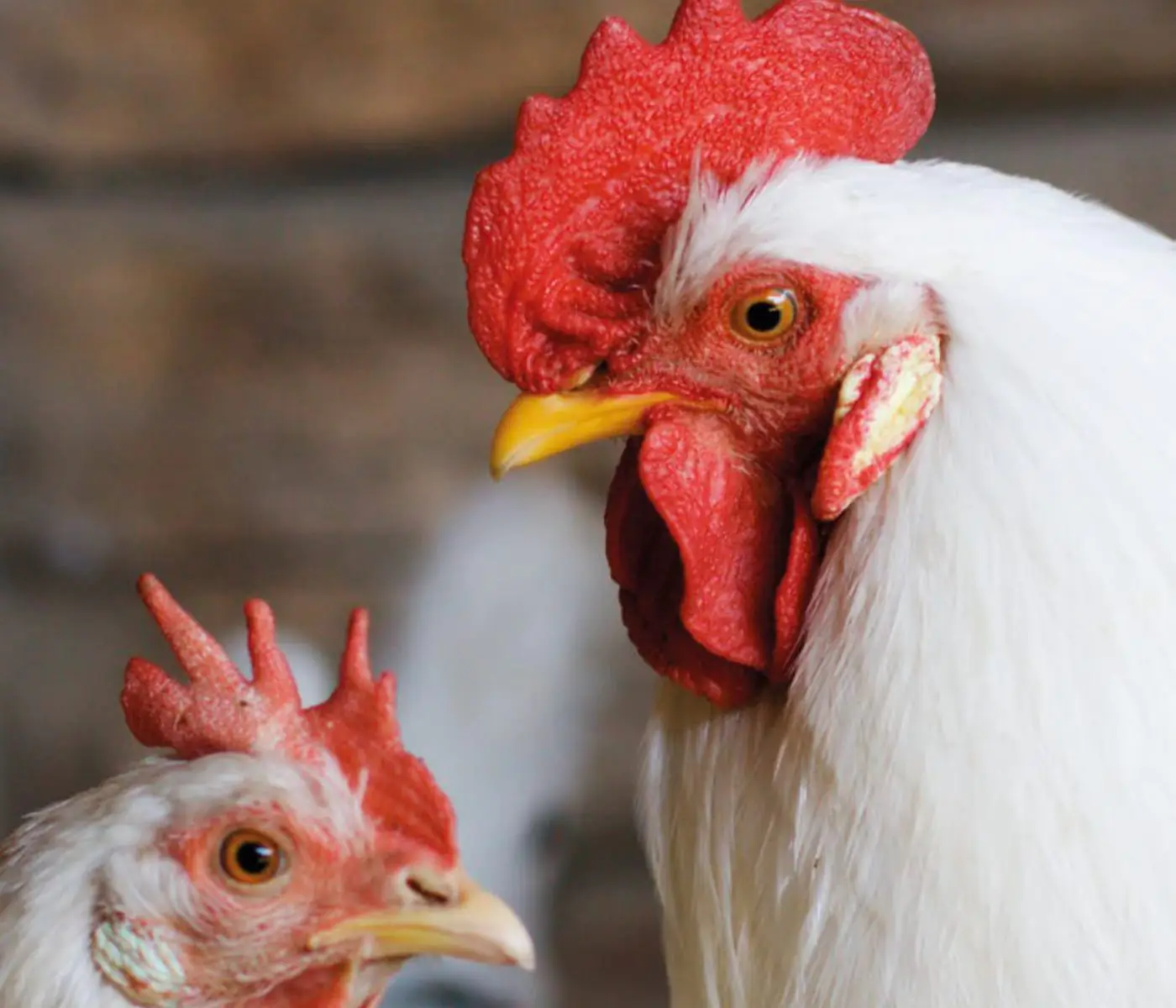
Nutritional Interventions to Improve Fertility in Male Broiler Breeders
Edgar Oviedo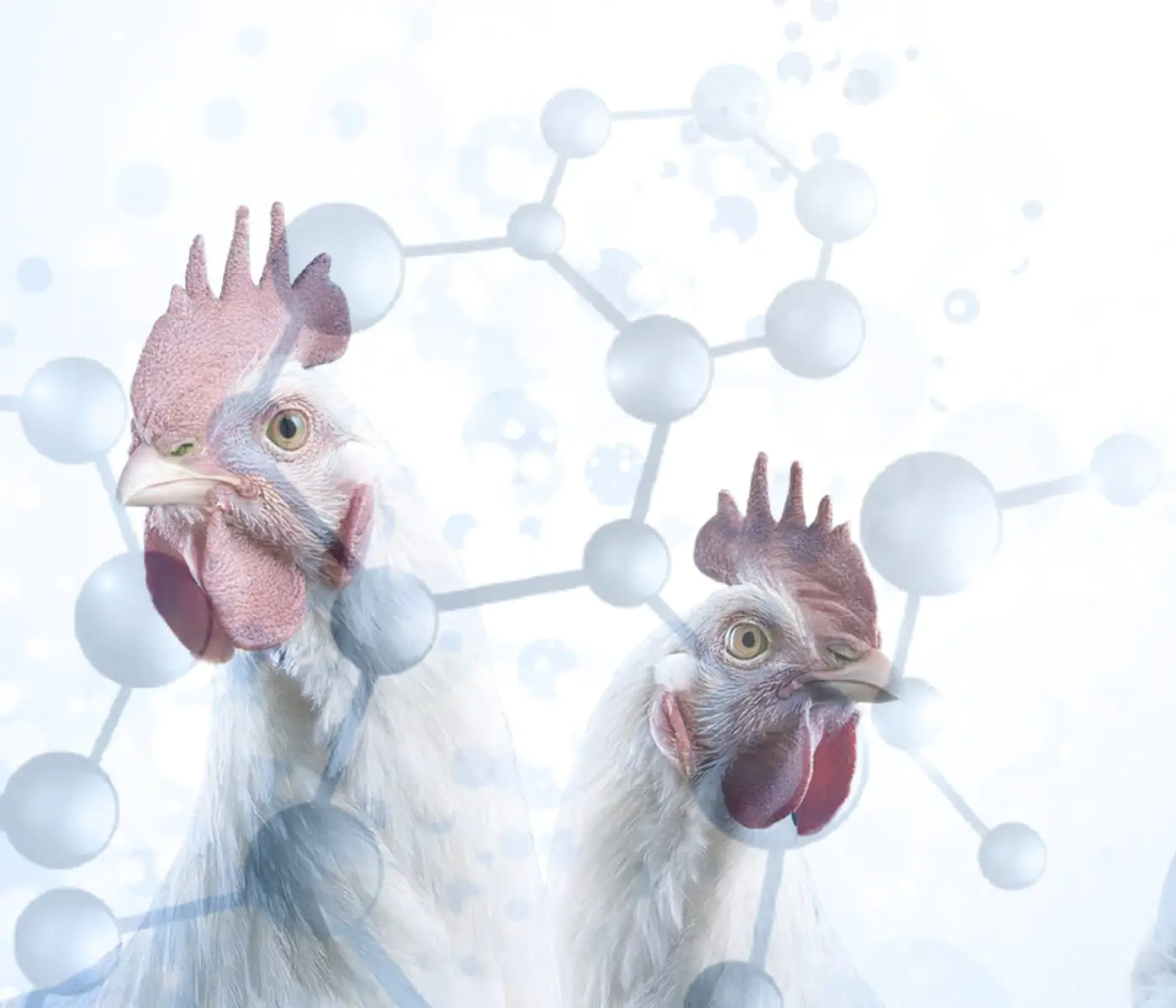
The Use of Organic Acids in Poultry: A Natural Path to Health and Productivity
M. Naeem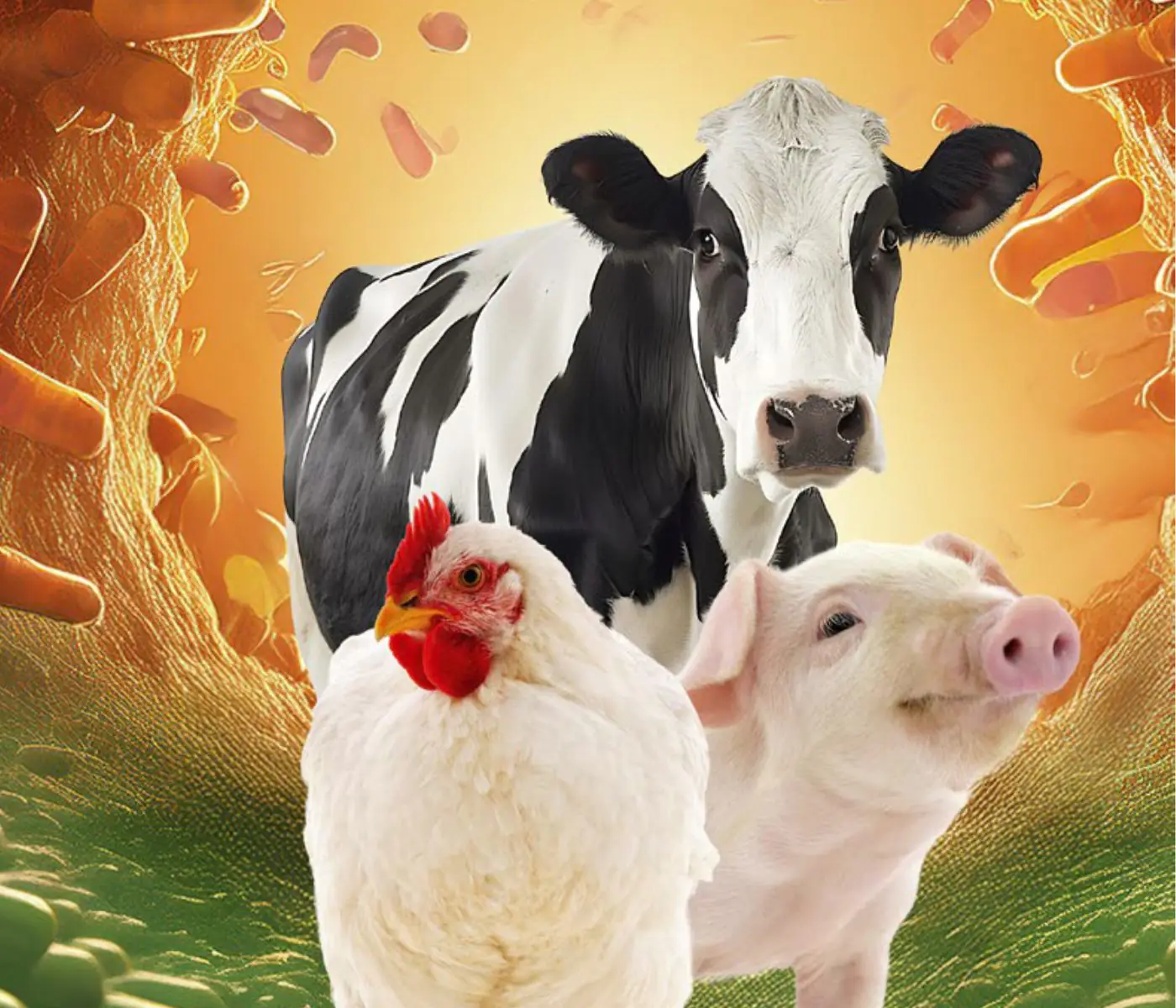
Synergistic Benefits of Prebiotics and Probiotics in Poultry, Swine, and Cattle
Gustavo Adolfo Quintana-Ospina
Hybrid Rye Potential in Laying Hen Feed Rations
Gwendolyn Jones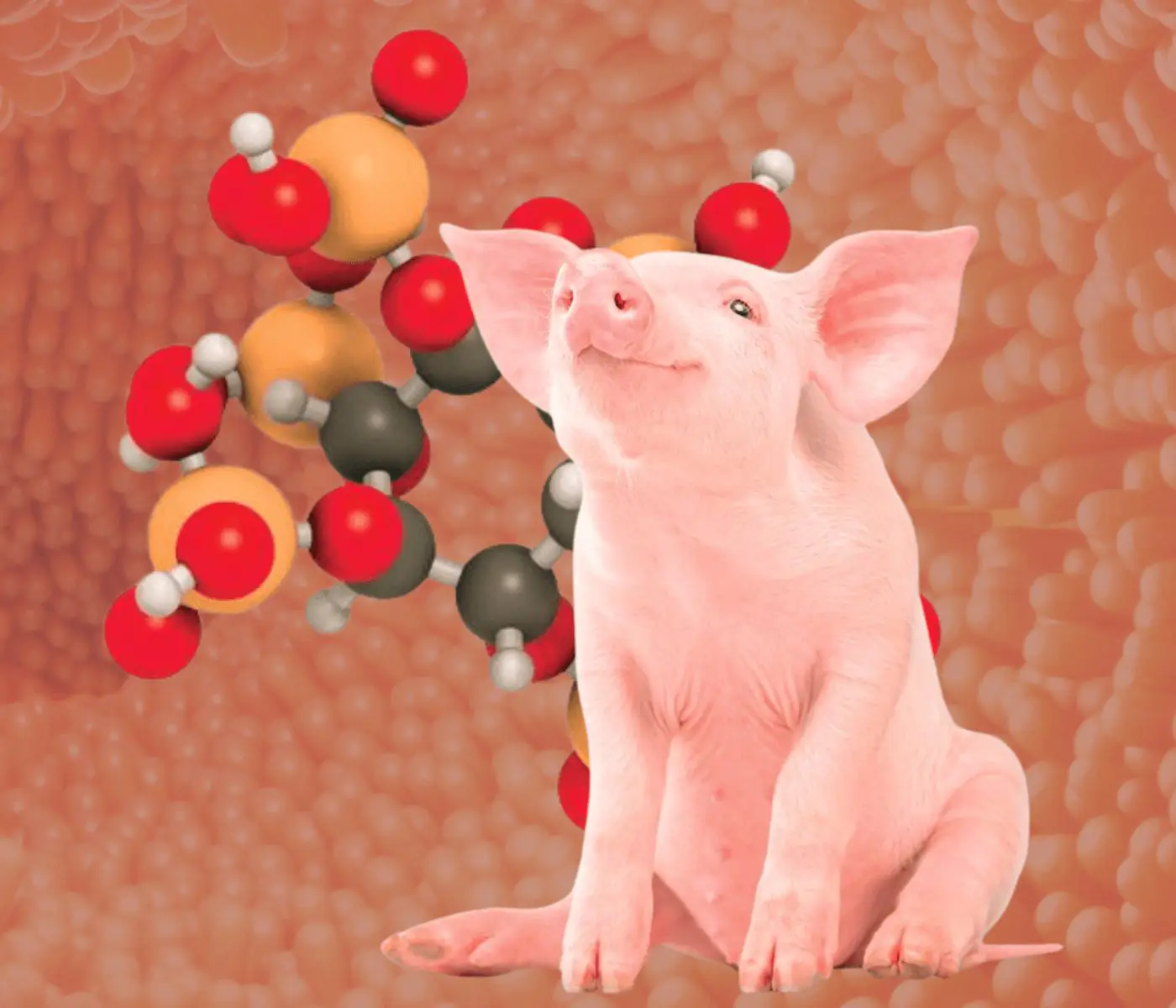
A day in the life of phosphorus in pigs: Part I
Rafael Duran Giménez-Rico
Use of enzymes in diets for ruminants
Braulio de la Calle Campos
Minerals and Hoof Health in the Pregnant Sow
Juan Gabriel Espino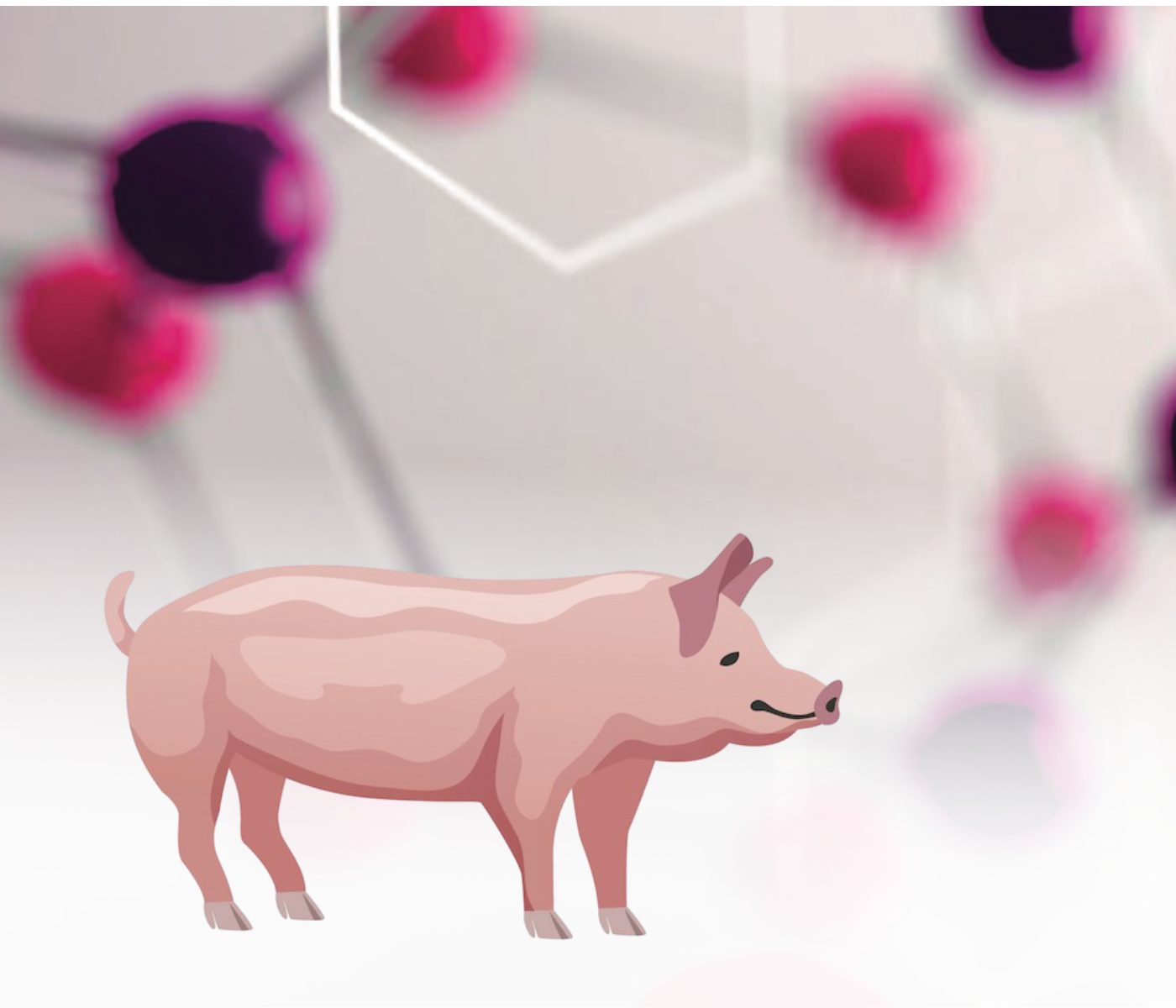
Impact of Oxidized Fats on Swine Reproduction and Offspring
Maria Alejandra Perez Alvarado